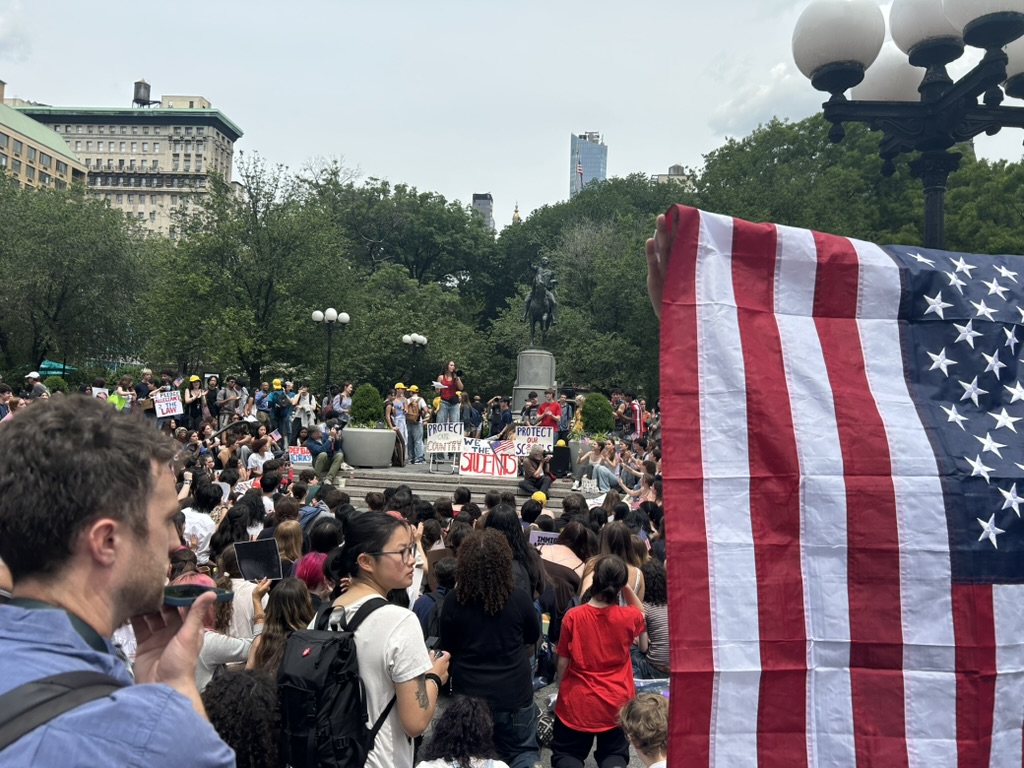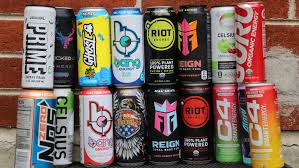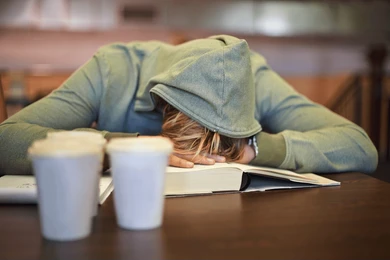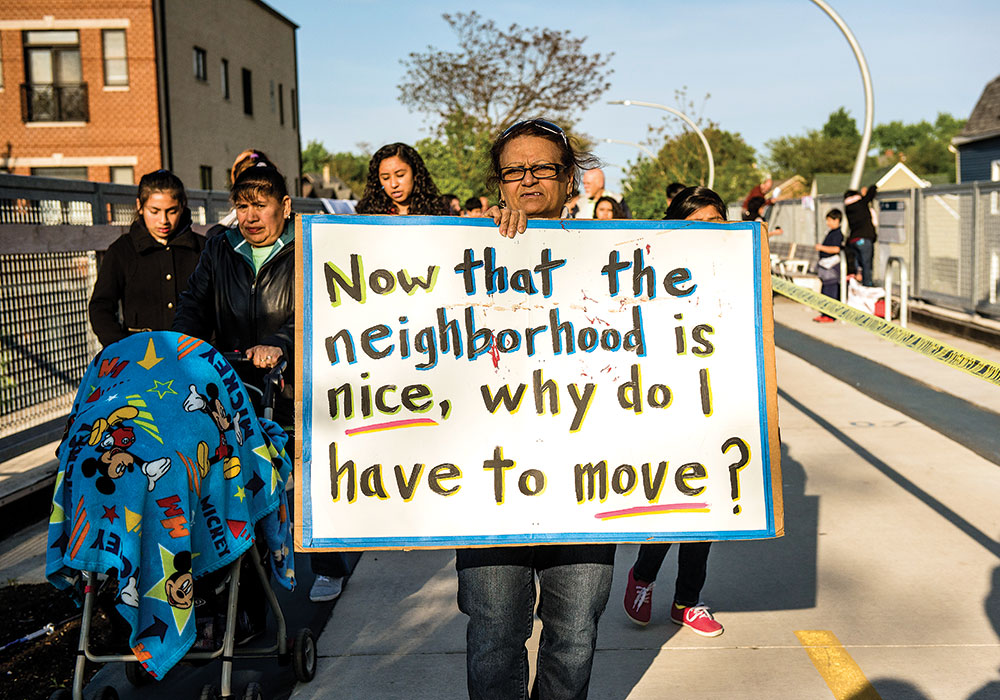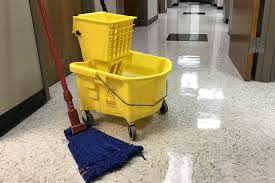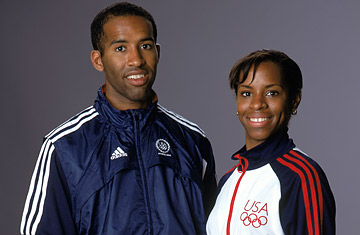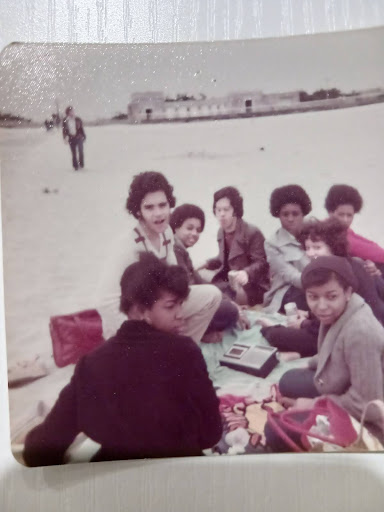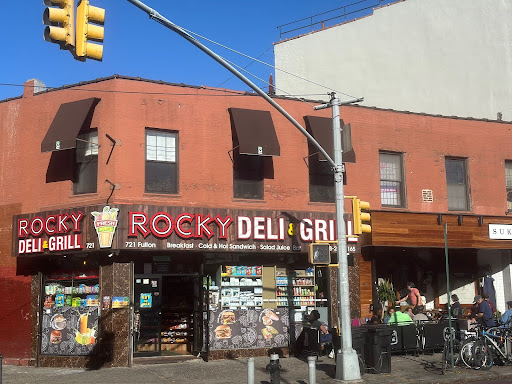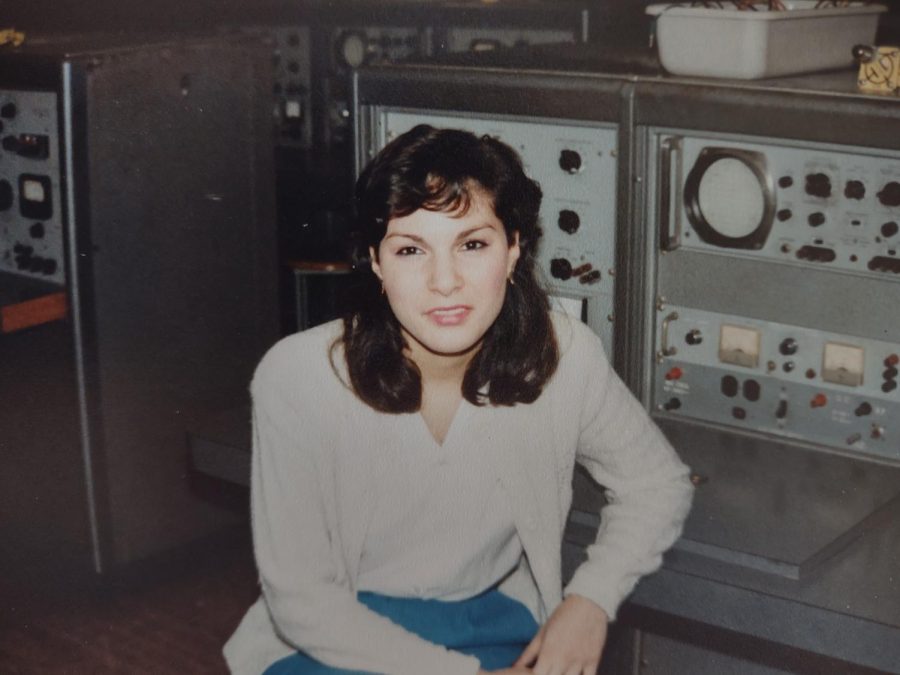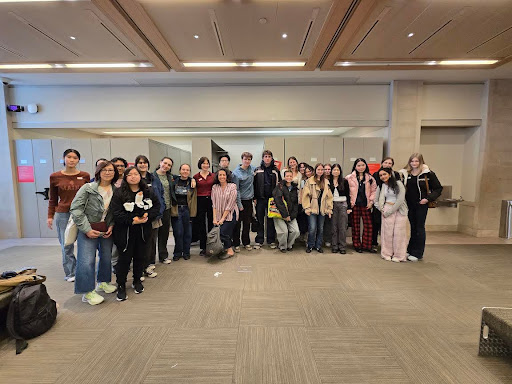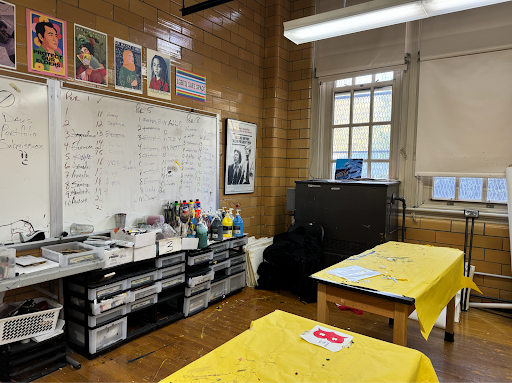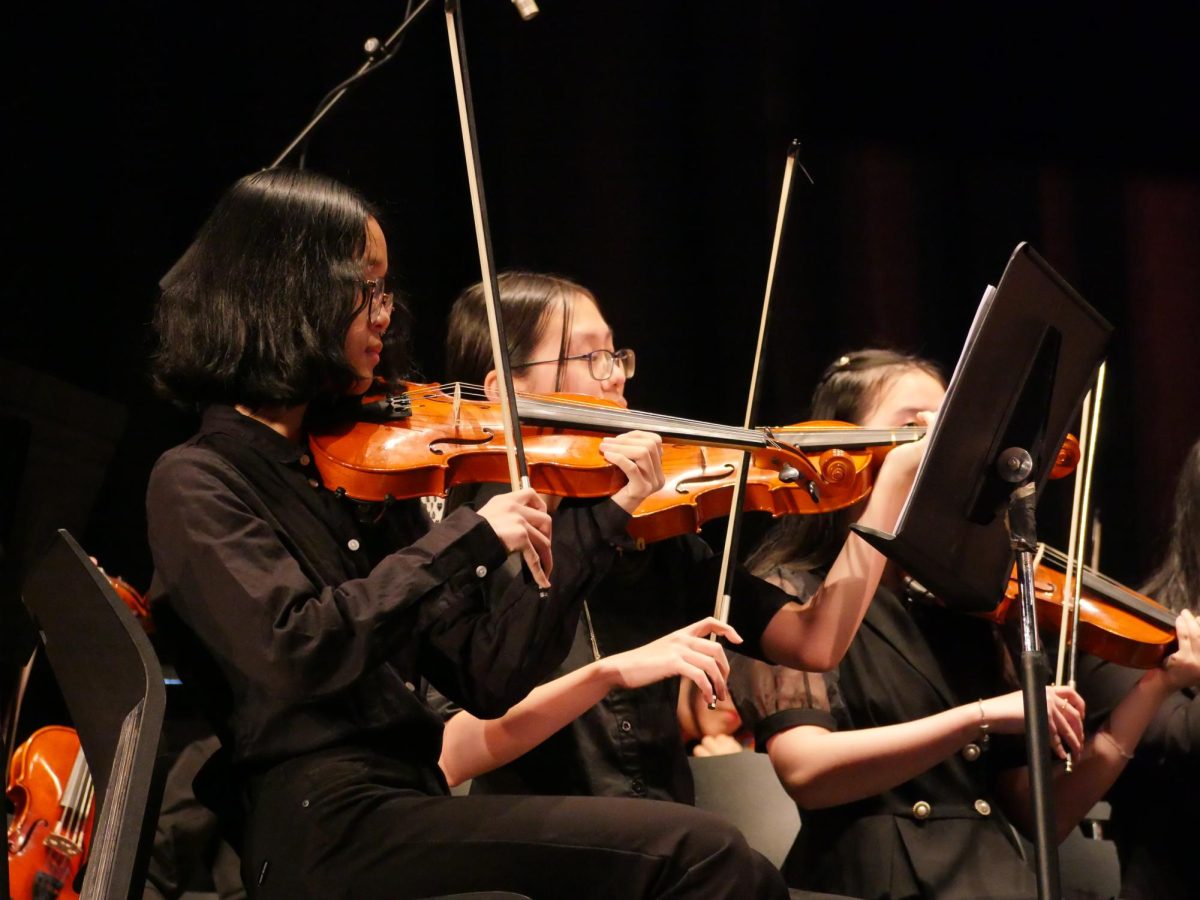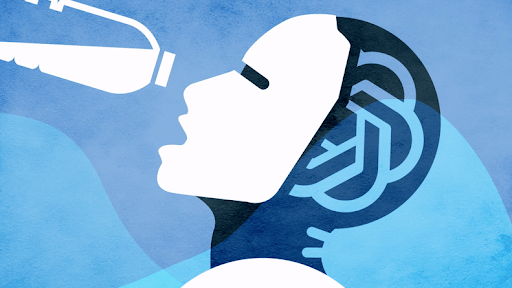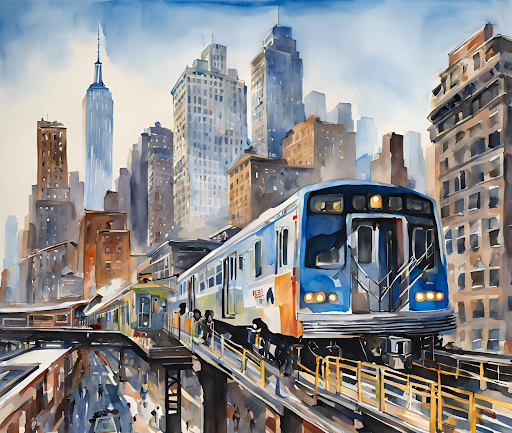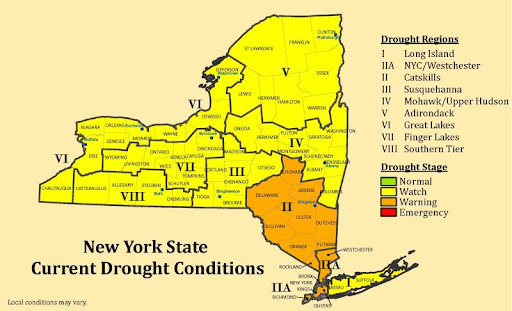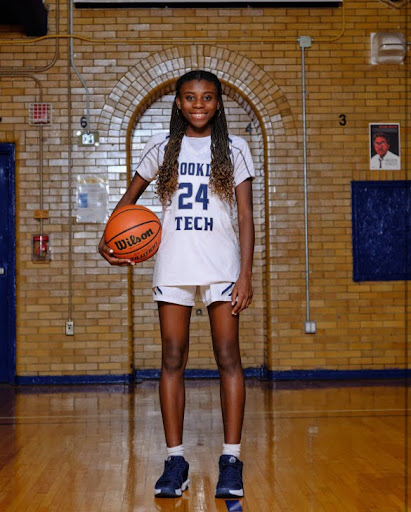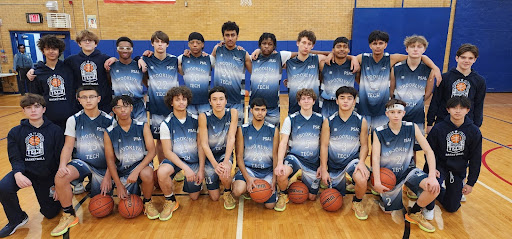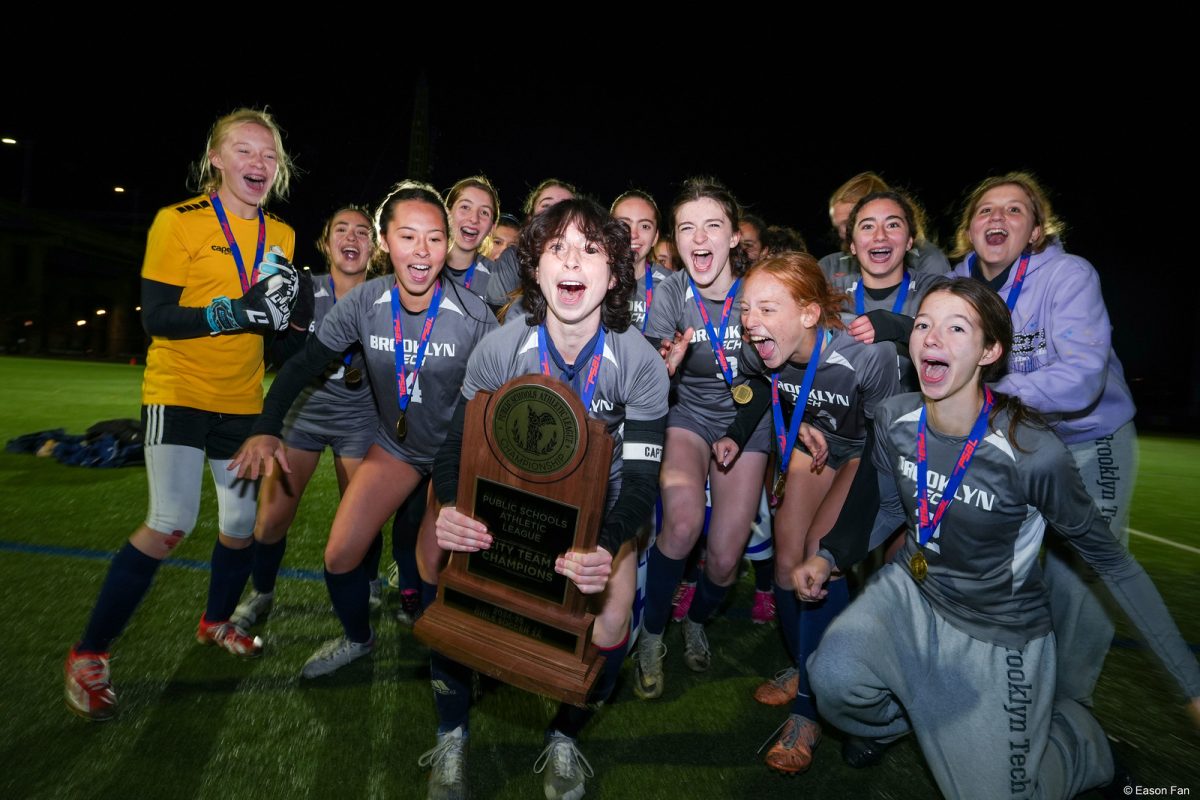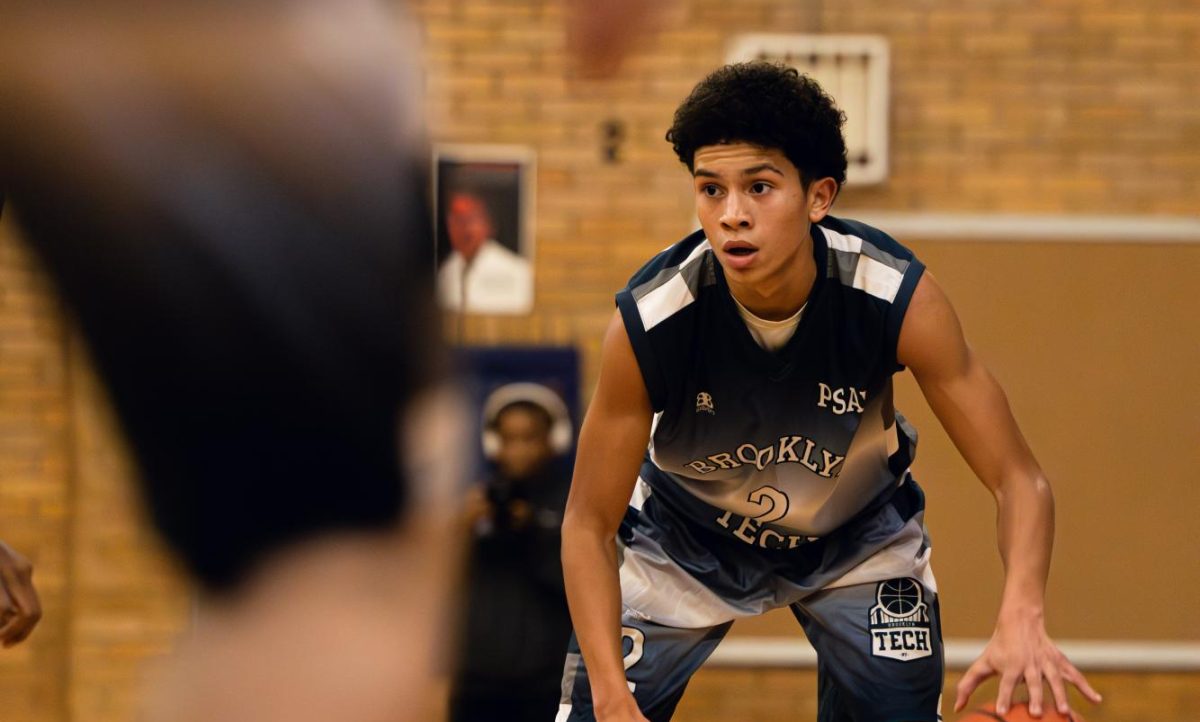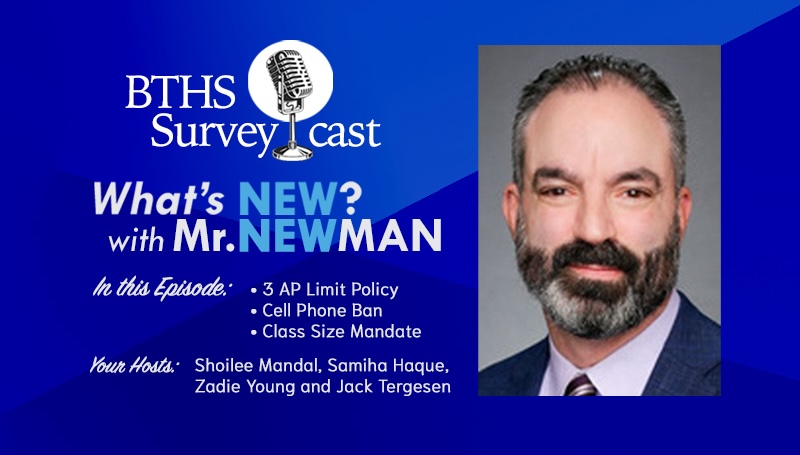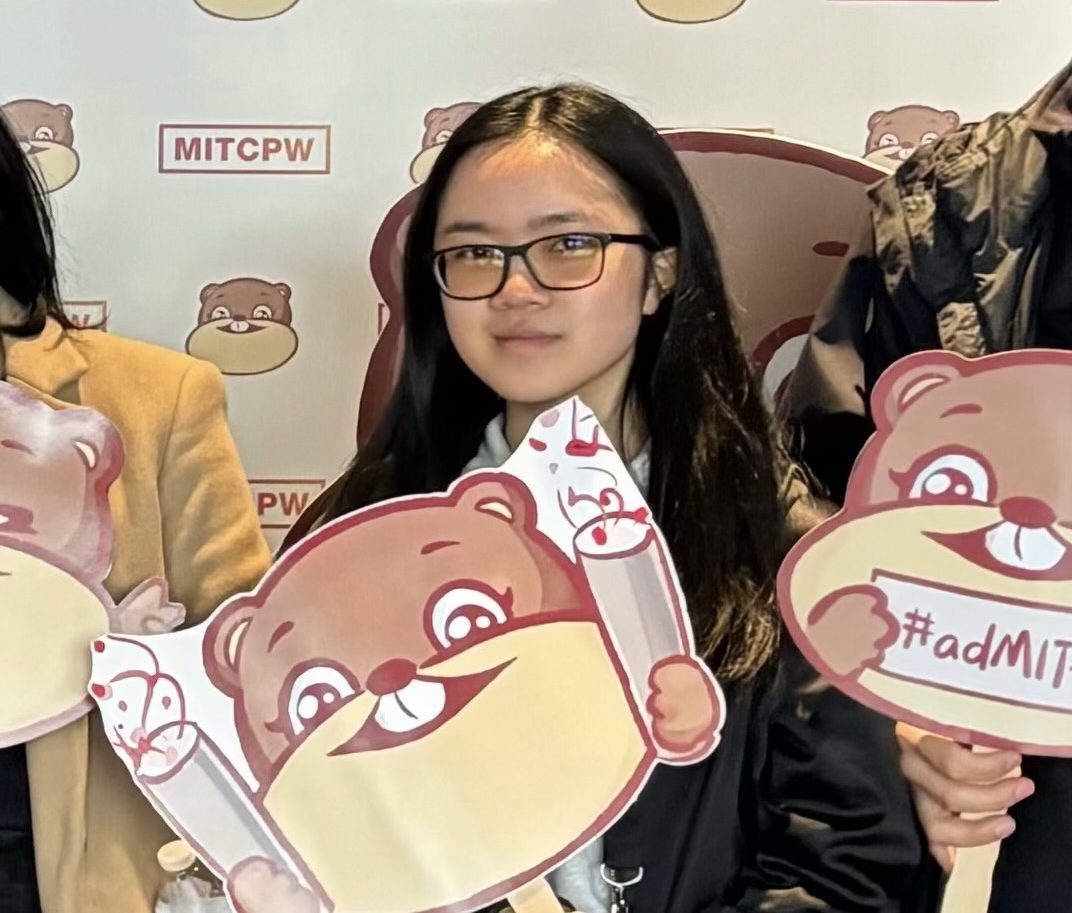Safety at Tech Amid The COVID-19 Pandemic
December 2, 2021
Now that all students are readjusting to in-person learning for the 2021-22 school year, there are many concerns as to how schools are maintaining the health and safety of students and making sure COVID-19 guidelines are actually enforced.

Students returning to Tech have noticed several changes to the school environment and structure to prevent the spread of COVID-19. The NYC Department of Education set multiple guidelines that all schools must follow, such as always wearing face masks indoors, frequently cleaning high-touch areas like doorknobs, and filling out a daily health screening before entering the building.
The DOE has also set new guidelines in response to positive COVID-19 cases in school communities, explaining on its webpage that, “Vaccinated and unvaccinated students who are wearing face coverings and have maintained at least three feet of distance from a student who tests positive will not be considered close contacts and will not have to quarantine.” Now, students are no longer required to quarantine when they have had contact with a positive case, as opposed to the mandatory quarantine rule from the prior school year.
The NYC DOE has released data related to positive cases among schools citywide. According to their School Based Testing Report, the testing positivity rate in NYC schools is currently 0.21%, with a 7-day rolling average of .24%. Of all reported positive cases since the start of this school year, 318 positive cases have been identified in Brooklyn, 9 of which were from Brooklyn Tech. In the city as a whole, according to the NYC Health Page, the overall positivity rate in the city was at 1.66% as of November 13th.


Despite positivity rates being low, students still raise several questions regarding their personal safety at Tech. In an anonymous survey recently sent out to the student body asking about how safe students feel at Tech, one student remarked, “I think not letting us use the elevators, but crowding us in the stairs and cafeteria is very counteractive. Before COVID, the elevators usually had a teacher to control the amount of students using it in between periods which could easily give each student more space when traveling from one class to another instead of dealing with hallway or staircase traffic. Especially, if you have to walk up many staircases like from the basement to the 6th floor.”
Another common response on the student survey regarded the infrequency of testing. The standing rule according to DOE guidelines is that 10% of the total number of students that are unvaccinated will be selected for random testing weekly. Since DOE guidelines no longer consider someone who has worn a mask and maintained three feet of distance from a close COVID contact a danger, some students felt as though the enforcement of testing is not enough.
One student commented on the ambiguity of the criteria for random testing, explaining: “Only mandating that people who are close contacts that have symptoms of COVID to quarantine is problematic, as people can still have COVID and be asymptomatic. I think everyone who are close contacts should quarantine and show proof of a negative test result.”
Despite wariness among the student body, there has been continuous testing of consenting staff and students. 610 total tests have been administered at Tech since the start of the school year, and only 1 test came back positive. Overall, the effectiveness of random testing on only those who are unvaccinated has proven to be effective, considering that the positivity rate for all NYC schools is below 1%.
Still, it is necessary to note that according to the same student survey, 60.5% of students reported that they feel only somewhat safe at Tech.

Additionally, 56.5% of students reported that they have access to hand sanitizer and extra masks in all of their classrooms. Another 42.7% of students reported that they have access to hand sanitizer and extra masks in only some of their classrooms, which would seem to indicate that preventative measures are being implemented unevenly and potentially contributing to student concerns about safety.

As Mr. Virzi, an English teacher, explained his take on COVID procedures at Tech, “NYC school buildings have long been plagued by chronic overcrowding and infrastructural neglect. And yet school administrations have been asked to do the impossible and open in full compliance with CDC guidelines. It’s a bit farcical. But instead of focusing on aspects of the system that we can’t control, let’s take solace in the fact that the things that keep us safest are entirely up to us. Get vaccinated. Wear your mask over your nose. And trust that Tech’s administration has worked hard to provide additional layers of protection while working within the constraints of a building and a bureaucracy that are notorious for their challenges.”
It is important to remember that keeping the Tech community safe during the COVID-19 pandemic is not a one person job, especially in a school with the size of Tech. As much as the administration and Department of Education can set guidelines for students and staff to follow, it is also up to individuals to uphold these guidelines and keep each other safe.

